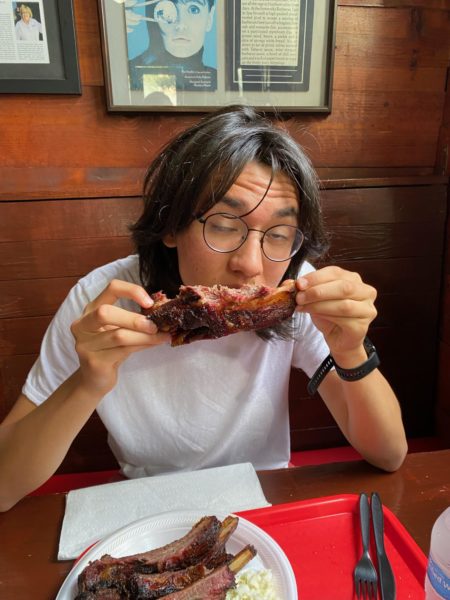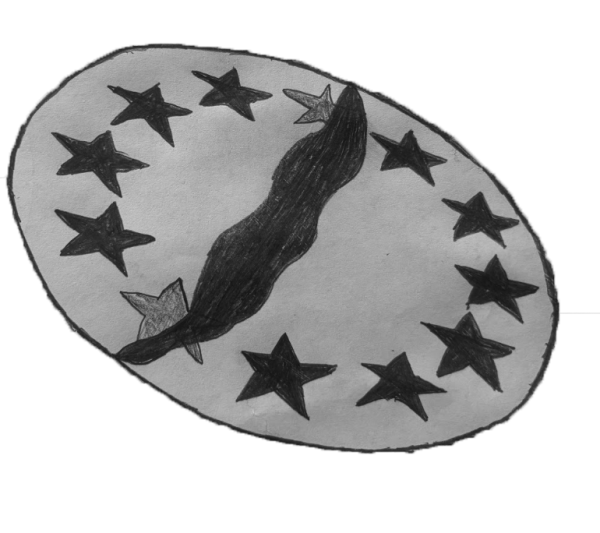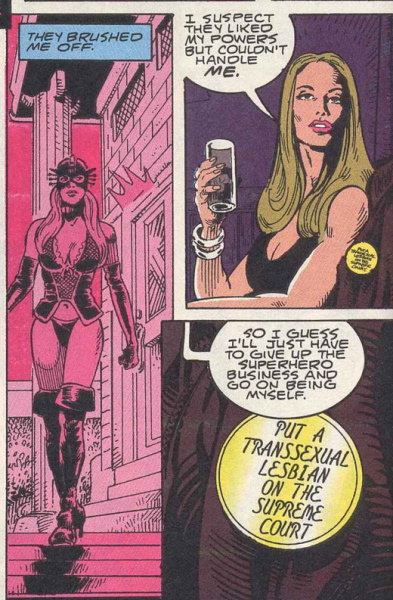Dumplings Not Displacement
The fight against Sound Transit’s proposed Chinatown Station.
In the early spring of 2022, Sound Transit, Seattle’s public transport authority, released plans to extend the Link Light Rail system by building a new route from Ballard to West Seattle. These plans included building a new station right in the heart of the beloved Chinatown-International District (CID), alongside the currently existing one. There are many benefits to improved public transit in any community. Increased access to small community businesses, decreased automobile dependence, just to name a few. However, as JSA president Tula Kurashige emphasizes, “public transport is important…but it cannot come at the expense of a community.” For Sound Transit’s plans for a new station in the CID, the importance of public transport will directly come at the expense of the CID as a community.
Kurashige and CSA co-president Olivia Fann called the CID “one of the most culturally and historically significant places…a place with intergenerational impact.” For the entire Seattle AAPI community, the CID is a space for heritage, identity, family, and food. The long-term residents and small businesses are the heart of the community. Without them, the CID would exist only as a mark on a map.
There is no question about the physical effects of constructing a new link light rail station in CID. Construction would directly displace around a dozen small, local businesses and many residents right in the core of the CID. The decade of construction would adversely affect air and noise pollution levels. Large trucks carrying dirt and debris away from the construction site would routinely need to pass through the CID and its small, pedestrian-oriented roads. Bus routes already crucial to public transport in the CID would be rerouted away from construction.
The CID has always faced oppression. When the first Chinese immigrants settled in Seattle in the 1860s, they established a small community on the waterfront near Yesler’s Mill. Race riots by white-supremacist mobs in 1886 and a fire in 1889 forced the community further inland, around Washington St. and 2nd Ave S. As downtown Seattle grew, land values rose, and the community was forced to move again, to its present-day location around S King St. In the 1950s, the construction of I-5 tore the community into two parts with a fifteen-lane strip of concrete. In the 1970s, the Kingdome Stadium construction threatened to turn the CID into an asphalt parking lot. In the 1980s, the construction of the original downtown Metro Bus tunnel, which is currently used by Link Light Rail, displaced many small Asian-American businesses, only to have them never return. Less visible is the threat of gentrification, where land values and rents rise to levels unaffordable to the CIDs low-income residents, forcing them out. Building a new station will only serve to displace, disrupt, and destroy the community even further. Fann says that the CID, in the eyes of Sound Transit, is only “a convenient location to put a station geographically…It felt careless.”
Time and time again, the CID community has banded together to preserve their community. It is fighting for itself again. Community leaders, business owners, and long-time residents led a coalition calling for revision of Sound Transit’s plans. Kurashige highlights how unity in the CID shows the “power of the voice of the [CID].” and sets “important precedents for community coalition building.” A month ago, Sound Transit released revised plans that also contained potential to move the new station outside of the CID, though the choice deemed by Sound Transit to “maximize community benefits while minimizing costs and impacts” would still cause irreversible damage to the heart of the CID, destroying part of Seattle’s culture in the process.
The CID, Sound Transit, and this issue are a lot more nuanced, dark, and beautiful than a single article can describe. Sound Transit’s website, the CID Coalition Instagram account humbows_not_hotels, and a smattering of news articles from every Seattle newspaper are great sources of research. Sound Transit is a government-run entity, which means it will listen to the voice of the people. Students can add their voices to the conversation through public comment sessions anybody can participate in, or online surveys sent out by Sound Transit. Public transit will shape a community, but a community can also shape public transit.

Leo (he/him) is a senior at Garfield, on his second year of the Messenger, and edits the NFO section while running the Messenger's business side. Leo enjoys...




